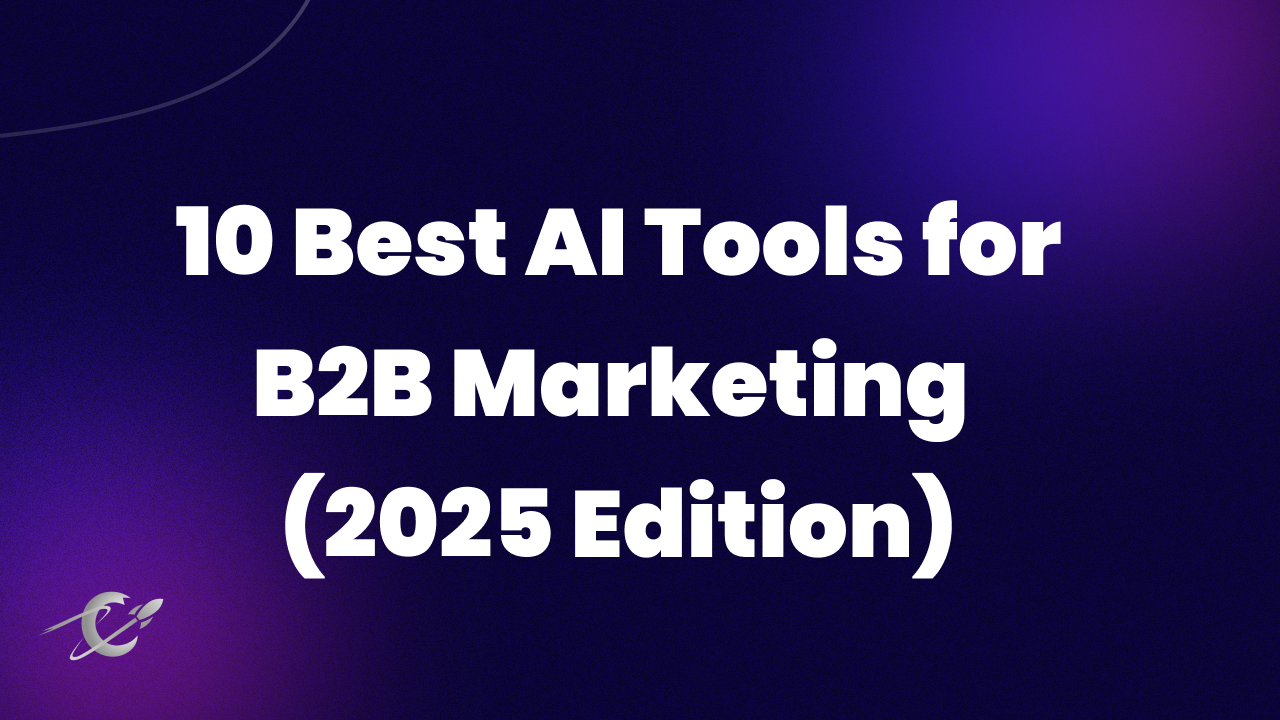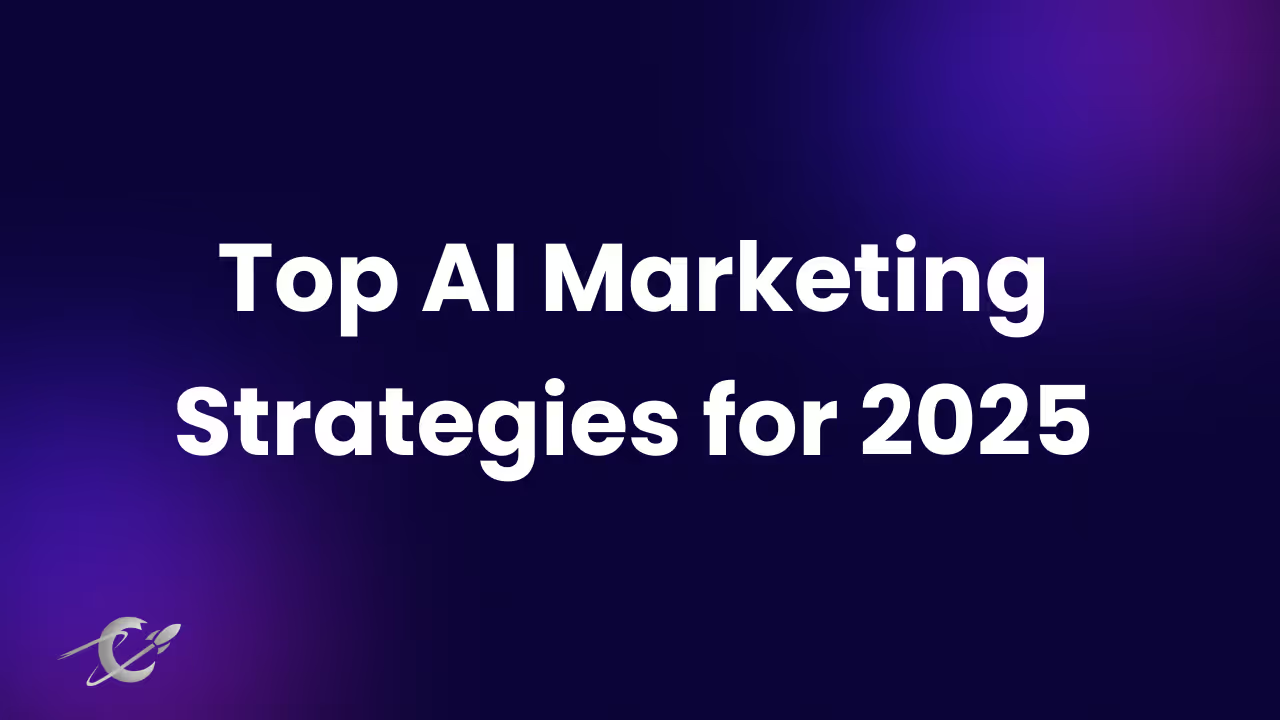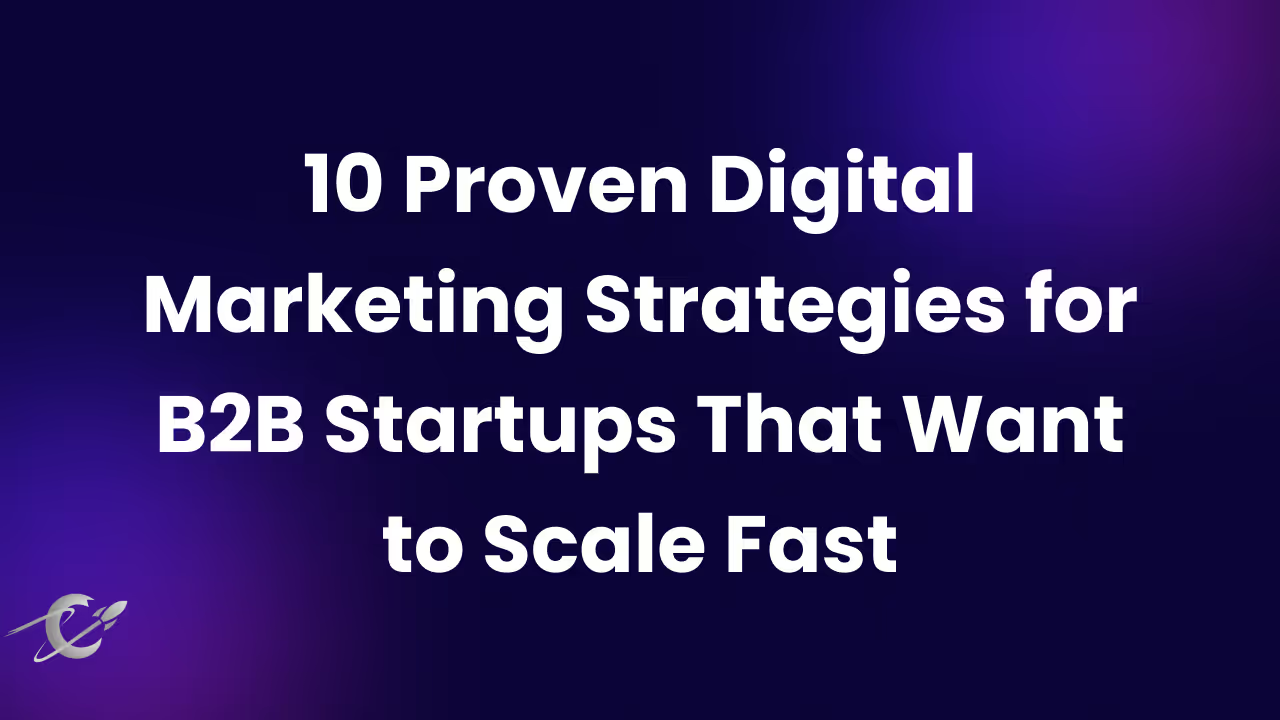AI SEO Agency: The Complete Guide to SEO, GEO & AEO
Ballistic Content Team

In today's competitive online landscape, capturing and retaining user attention is more critical than ever. With countless sites vying for visitors' time, user engagement has become a key metric of digital success. Webflow, a powerful no-code web design and development platform, equips you with a rich set of interactive tools to transform static pages into dynamic experiences. This guide will explore how Webflow's interaction features can help you create captivating websites that drive user engagement.

User engagement encompasses all interactions visitors have with your site, from browsing multiple pages to clicking on CTAs or spending extended time on a page. Effective engagement doesn’t just attract users; it builds relationships and encourages brand loyalty.
Webflow’s intuitive design interface and extensive interaction tools empower you to build engaging websites without the need for complex coding. Here’s how you can use Webflow’s tools to enhance user engagement effectively.
Webflow allows you to create scroll-triggered animations, enabling dynamic elements that change as the user scrolls. These animations can guide users through your content, highlighting critical sections and encouraging further exploration.
Hover effects are simple yet powerful tools that create a more interactive browsing experience. These effects can highlight buttons, change colors, or provide additional information, making your website feel more responsive and alive.
Webflow enables designers to add animations and effects based on time or specific triggers, such as clicks or page loads. These interactions can enhance storytelling and keep users engaged by presenting content in engaging ways.
Forms are more than data collection tools; they’re opportunities to build relationships with users. Interactive forms help keep users engaged by allowing them to actively participate on your website, whether it’s signing up for a newsletter, filling out a contact form, or leaving a review.
Webflow’s CMS and dynamic content features allow you to tailor the user experience based on their actions or preferences. With personalized content, you can create unique experiences that resonate with individual users, driving them to explore your site further.
Webflow’s CMS, combined with interactive features, provides a powerful way to deliver fresh, engaging content dynamically. The CMS serves as the content backbone, while interaction features bring this content to life.

Creating an engaging site with Webflow goes beyond simply adding animations. Here are some best practices to maximize user engagement.
Maintaining consistent design and interaction styles across your website helps with usability and brand recognition. Avoid overwhelming users with too many different animation types or styles; instead, focus on a cohesive experience that aligns with your brand’s identity.
Interactive features should enhance, not hinder, user experience. Keep interactions lightweight and ensure they don’t slow down your site. Webflow’s fast hosting can help, but optimizing images, videos, and animations is crucial for smooth, fast-loading pages.
Ensure that all interactive elements are accessible to users with disabilities. For instance, provide text descriptions for animations and ensure forms are navigable by keyboard. This expands your audience and improves user experience for everyone.
Use analytics to track engagement metrics, such as time spent on the site, click-through rates, and bounce rates. Webflow also supports integrations with Google Analytics, which allows you to monitor these metrics. Use this data to refine your interactive elements, focusing on what resonates best with your audience.
Webflow’s interactive features make it easier than ever to create a website that captivates and retains users. From scroll-triggered animations and hover effects to dynamic content and personalized experiences, Webflow offers the tools to make your website more than just a digital storefront. It becomes an interactive space where users can explore, interact, and connect with your brand.
By focusing on meaningful user engagement, you’re not only enhancing the user experience but also building brand loyalty and encouraging conversions. Start using Webflow’s interactive features today to transform your website into a dynamic, engaging experience that leaves a lasting impression.
Is Webflow suitable for beginners looking to create interactive websites?
Yes, Webflow’s no-code interface allows beginners to create sophisticated, interactive websites without coding knowledge.
Can Webflow’s interactions be customized for mobile users?
Absolutely! Webflow allows you to adjust interactions specifically for mobile devices, ensuring a responsive and engaging experience across all devices.
Does Webflow support analytics to track user engagement?
Yes, Webflow supports integrations with analytics tools like Google Analytics, enabling you to track engagement and refine your strategies.
With Webflow’s interactive features, the possibilities for boosting user engagement are vast. Start exploring and leverage these tools to create memorable, impactful websites that stand out from the competition.




Only valid for-